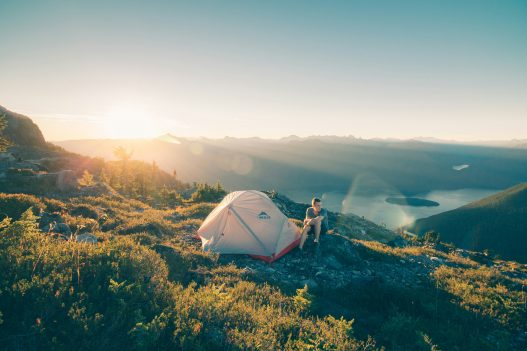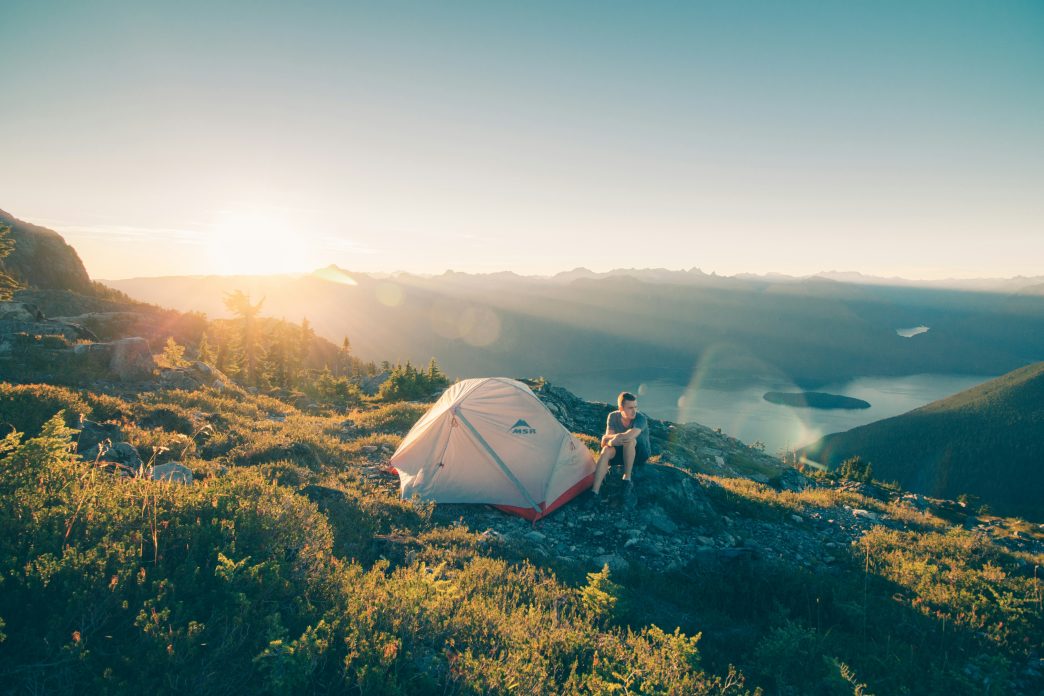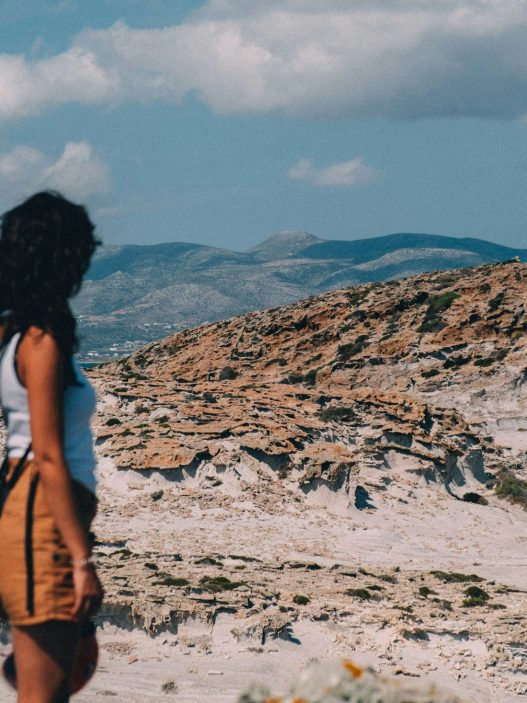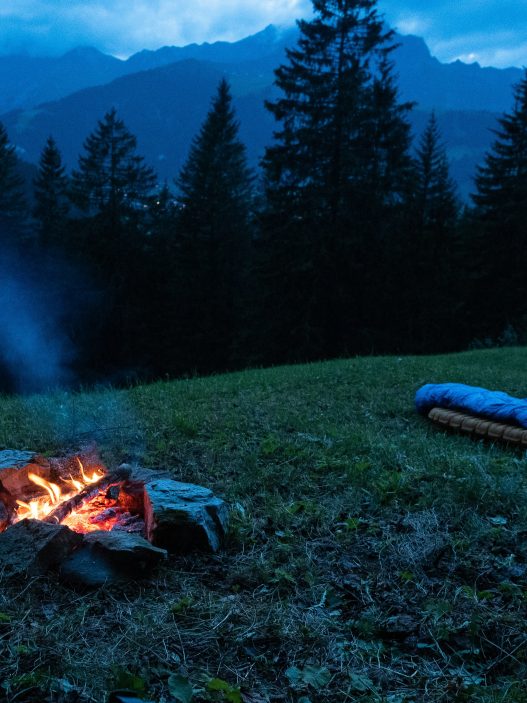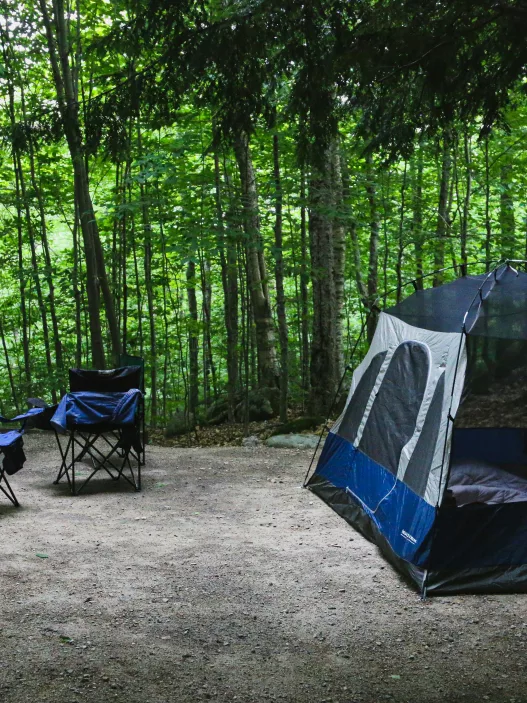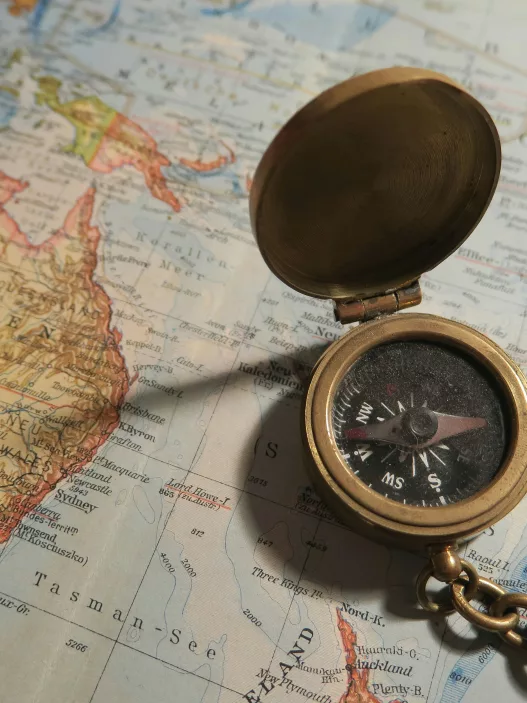Packing light for a weekend camping trip can transform the experience from burdensome to enjoyable. By selecting versatile gear and focusing on essentials, one can minimise weight without sacrificing comfort or safety. This approach not only makes travelling easier but also allows one to embrace spontaneity in outdoor adventures.
Choosing the right items is crucial. Instead of packing multiple outfits, she can opt for clothing that serves dual purposes and layers for varying weather conditions. Emphasising multi-functional tools and compact sleeping gear will further streamline her packing process.
Ultimately, an efficient packing strategy enables a stress-free journey into nature. With the right mindset and organisation, they can enjoy the great outdoors without the hassle of lugging around unnecessary items.
Understanding the Essentials
Packing for a weekend camping trip requires attention to vital elements that can impact comfort and safety. Recognising the weather and prioritising gear effectively can streamline the packing process.
Weather Considerations
Weather directly affects what gear and clothing should be packed. Checking the forecast before departure can help in making informed decisions.
Key Weather Factors:
- Temperature: Days can be warmer, while nights may require extra warmth.
- Precipitation: Rain gear is essential in wet conditions.
- Wind: Windbreaks or sturdy tents can enhance comfort.
Pack layers that can be easily added or removed based on changing conditions. Lightweight, moisture-wicking materials are ideal for base layers, while insulating layers provide warmth. An outer shell that protects against wind and rain is crucial for maintaining comfort.
Gear Prioritisation
Not all camping gear is equally essential. Prioritising items based on necessity improves packing efficiency.
Must-Have Gear:
- Shelter: A reliable tent, tarp, or hammock.
- Sleeping Equipment: Sleeping bag and pad tailored for temperature.
- Cooking Supplies: Portable stove, fuel, and basic cookware.
Optional items like camp chairs or large coolers can add bulk but are not essential. Assess personal needs and group dynamics, ensuring that every item serves a purpose. This method helps avoid overpacking while guaranteeing preparedness for various situations.
Choosing the Right Backpack
Selecting an appropriate backpack is crucial for comfort and efficiency during a weekend camping trip. The right backpack should accommodate gear while providing a comfortable fit for prolonged wear.
Capacity and Fit
Backpacks come in various capacities, typically measured in litres. For a weekend trip, a backpack between 40-60 litres is often ideal. It offers enough space for essentials without being overly bulky.
When fitting a backpack, consider both torso length and hip size. Many backpacks offer adjustable torso lengths to enhance comfort. The hip belt should sit on the hips, taking weight off the shoulders. A well-fitted backpack distributes weight evenly, preventing discomfort on the trail.
Essential Features
Key features enhance the functionality of a camping backpack. Look for water-resistant materials to protect belongings. Ventilated back panels improve air circulation, keeping the back dry during hikes.
Compartments and pockets are invaluable. They enable easy organisation and quick access to gear. Compression straps help stabilise the load, reducing bulk. Additional features like hydration reservoirs and attachment points for trekking poles can also be beneficial, especially for extended outdoor activities.
Clothing Strategy
Choosing the right clothing for a weekend camping trip requires a thoughtful approach to layering and material selection. This ensures comfort, versatility, and minimal packing without sacrificing functionality.
Layering Principles
Layering is essential for adapting to changing weather conditions. A typical system consists of three main layers: a base layer, an insulating layer, and an outer layer.
- Base Layer: This layer should wick moisture away from the skin, keeping the camper dry. Fabrics like merino wool or synthetic blends work well.
- Insulating Layer: Fleece or lightweight down jackets are ideal for retaining body heat. They should fit comfortably over the base layer without restricting movement.
- Outer Layer: A waterproof and windproof jacket is crucial for protection against the elements. Look for breathable options to prevent overheating.
Pack items that can easily be added or removed to adapt to temperature fluctuations, ensuring comfort throughout the trip.
Material and Versatility
The choice of materials significantly impacts the functionality of camping clothing. Selecting versatile, lightweight fabrics can enhance the camping experience.
- Synthetic Fabrics: Options like polyester and nylon are lightweight, quick-drying, and durable. They are resistant to odour and easy to wash, making them practical for various activities.
- Natural Fabrics: Merino wool is ideal for insulation and moisture management. It regulates temperature well and can be worn multiple times without smelling.
- Multi-Purpose Clothing: Choose items that serve more than one purpose, such as convertible trousers that turn into shorts. Accessories like a buff can provide warmth, sun protection, or a sweatband.
By prioritising these materials and designs, she can maximise comfort while minimising pack weight.
Food and Hydration Planning
Effective food and hydration planning is essential for a successful weekend camping trip. This ensures that campers have the necessary nutrition and enough water to stay hydrated without carrying excess weight.
Nutrition and Convenience
When selecting food, convenience and nutritional balance are key considerations. Opt for lightweight, non-perishable items that are easy to prepare. Consider options like:
- Dehydrated meals: These only require hot water and are compact.
- Energy bars: High in calories and easy to carry.
- Nuts and dried fruit: Packed with nutrients and healthy fats.
Pre-packaged meals can save preparation time but should be chosen for their weight and size. Avoid bulky packaging. Meal planning can help keep food waste to a minimum.
Bringing a portable stove or cooking equipment can enhance meal variety, but focus on multi-purpose items to save space.
Water Supplies
Staying hydrated is vital, especially when outdoors. Campers should plan for at least 2 litres of water per person per day. Consider these options for water supply:
- Water bottles: Lightweight and reusable.
- Hydration bladders: Convenient for easy sipping during hikes.
- Water purification systems: Tablets or filters can convert natural sources into safe drinking water.
A combination of these options might work best, ensuring that water is always accessible. Storing water in multiple containers allows for easy distribution and reduces the risk of running out.
Plan refills from nearby water sources while ensuring purification methods are on hand.
Shelter and Sleeping Arrangements
Choosing the right shelter and sleeping setup is crucial for a comfortable weekend camping experience. A good balance of weight and functionality can enhance a camper’s enjoyment while keeping the pack light.
Tents and Alternatives
Selecting a suitable tent or alternative shelter is essential for protection against the elements. Lightweight tents, such as those made from nylon or polyester, are popular. They typically weigh between 1-3 kg and are easy to set up.
Canvas tents offer durability but can be heavier. If a tent feels unnecessary, consider alternatives like hammocks with rain tarps or bivvy bags. Proper ventilation and waterproof materials are vital for comfort.
Pack a footprint or groundsheet to protect the tent floor and provide insulation. In doing so, campers can mitigate moisture from the ground.
Sleeping Bags and Insulation
A good sleeping bag is key to a restful night. It’s essential to choose a bag rated for the expected temperatures. Synthetic bags are often lighter but may lack warmth compared to down bags, which compress well.
For additional insulation, consider an inflatable sleeping mat or a foam pad. This equipment not only adds comfort but also enhances thermal efficiency. Choosing a compact design is advisable for easy packing.
Check the pack size of the sleeping bag to ensure it fits comfortably within the camping gear. Compressible sacks can help reduce bulk. Thoughtful selection ensures a peaceful night’s rest, essential for an enjoyable camping trip.
Multi-purpose Tools and Equipment
Choosing the right multi-purpose tools and equipment can significantly enhance the camping experience. By packing items that serve multiple functions, campers can enjoy convenience and save space in their gear.
Versatile Tools
Multi-tools are essential for any camping trip. They combine various functions into one compact device, which can include:
- Knife
- Screwdriver
- Pliers
- Bottle opener
- Scissors
A quality multi-tool reduces the need for multiple individual tools, minimising weight and bulk. Look for durable materials and a comfortable grip, as these will impact usability during the trip.
In addition to multi-tools, collapsible cooking utensils can also offer versatility. A spatula that doubles as a serving spoon, or a pot with a lid that can be used as a frying pan, preserves space. These items allow for efficient meal preparation without carrying excess equipment.
Emergency Kits
An emergency kit is a critical addition to camping gear. It should contain essential items such as:
- First aid supplies (bandages, antiseptic wipes)
- Firestarter tools (matches, lighter)
- Flashlight with extra batteries
- Whistle for signalling
The kit should be compact and clearly marked for quick access. Keeping emergency supplies in one visible container can save valuable time in critical situations.
Including a portable water filter or purification tablets in the emergency kit ensures access to clean water, an essential resource when camping. Finally, a map and compass can also be invaluable in case of getting lost, making the emergency kit comprehensive and useful.
Leave-no-trace Principles
The Leave-no-trace principles serve as guidelines for minimising the environmental impact while camping. Following these principles helps preserve nature for future generations.
-
Plan Ahead and Prepare
Knowing the area and its regulations is essential. Obtain necessary permits and ensure you have the right gear. -
Travel and Camp on Durable Surfaces
Stay on established trails and campsites. This reduces damage to vegetation and soil. -
Dispose of Waste Properly
Pack out everything you bring in. Use established toilets when available or bury human waste at least 15 cm deep if necessary. -
Leave What You Find
Keep natural and cultural features intact. Avoid removing rocks, plants, or historical artefacts. -
Minimise Campfire Impact
Use a camp stove for cooking instead of making a fire. If a fire is necessary, use an established fire ring and keep it small. -
Respect Wildlife
Observe animals from a distance. Do not feed them as this can harm their natural behaviour. -
Be Considerate of Other Visitors
Keep noise to a minimum and yield the trail to others. Respect the experience of fellow campers.
Applying these principles can lead to a more enjoyable outdoor experience while ensuring nature remains unspoiled.


